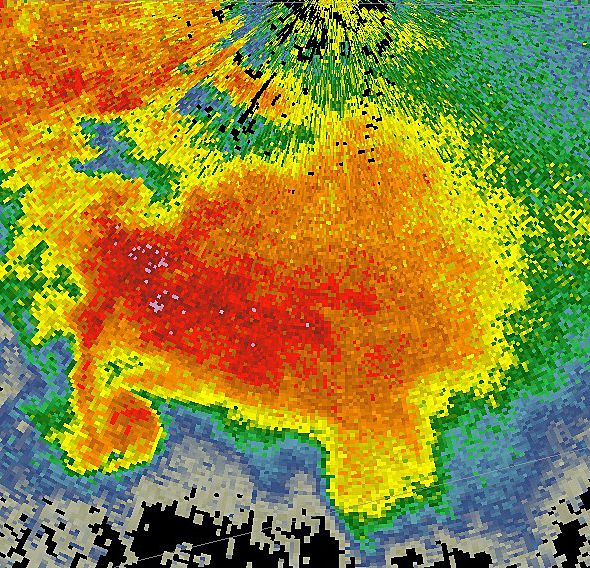
How Do You ... Predict Future Weather? (Op-Ed)

Sonia Aggarwal, director of strategy, and Hallie Kennan, research assistant, both at Energy Innovation: Policy and Technology, contributed this article to LiveScience's Expert Voices: Op-Ed & Insights.
Weather forecasts are produced by models of temperature, wind speed and precipitation. Using those models, meteorologists can offer short-term predictions about whether to expect rain or sun, clouds or bright skies. But, weather forecasts are notoriously unreliable more than ten days out. To understand the long-term behavior of the atmosphere, climate scientists look at weather patterns over many decades or even centuries. The scientists study the way energy moves through the atmosphere — measuring and modeling things like the amount of sunlight hitting Earth, the rate that the oceans absorb heat and the mix of gases in Earth's atmosphere over time. By studying the root causes of long-term changes in Earth's atmosphere, climate scientists can project future effects.
Regardless of short-term weather, the data about the long-term changes in Earth's atmosphere are clear. The concentration of carbon dioxide — a potent greenhouse gas — is on the rise. The Earth is getting hotter on average, and a warmer atmosphere holds more moisture. That suggests that as the climate shifts , droughts and floods that used to merit international attention will become commonplace. And while a shift to hotter average temperatures may sound innocuous or even pleasant, the danger comes from the more frequent extreme heat waves and the variability of an unstable atmosphere — bouncing from extreme heat to extreme cold in very short timeframes. There is no doubt that as those extremes become the norm, they will have profound effects on global food security, health and water access.
The views expressed are those of the author and do not necessarily reflect the views of the publisher.
Sign up for the Live Science daily newsletter now
Get the world’s most fascinating discoveries delivered straight to your inbox.









